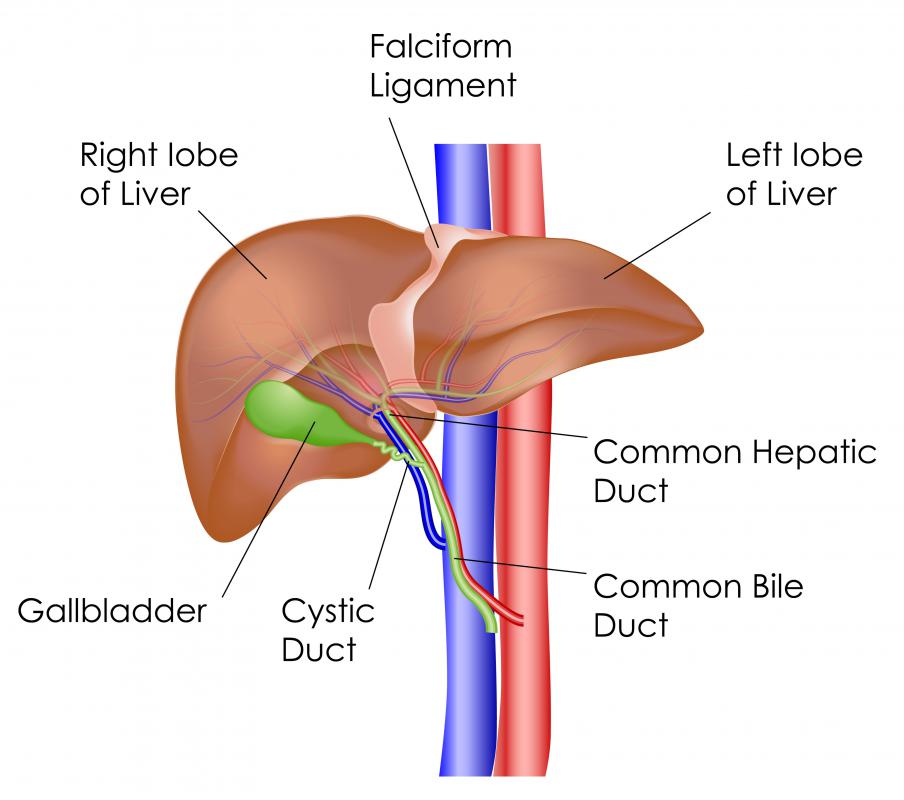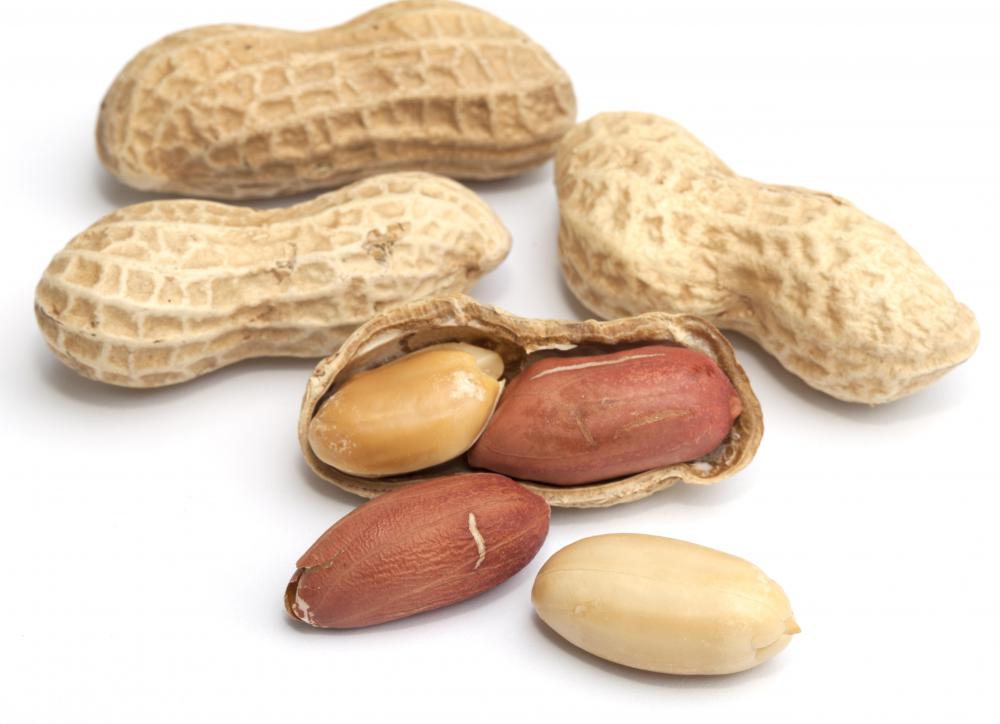At WiseGEEK, we're committed to delivering accurate, trustworthy information. Our expert-authored content is rigorously fact-checked and sourced from credible authorities. Discover how we uphold the highest standards in providing you with reliable knowledge.
What is Mirizzi Syndrome?
Mirizzi syndrome is a rare complication of gallstone disease. When a gallstone blocks the common hepatic duct, thereby preventing bile from draining out of the liver, jaundice may develop. Mirizzi syndrome occurs in roughly 0.1 percent of patients with gallstone disease, and as such, may be difficult to diagnose without the proper imaging tests. If not discovered early on, Mirizzi syndrome may lead to morbidity or death. Dr. Pablo Luis Mirizzi, an Argentinian physician, was the first to describe the syndrome in 1948.
The liver cleanses the body’s blood supply and removes waste and toxins from it. This waste is called bile. The gall bladder is an organ that stores the bile until the body can use it to break down fat and cholesterol in the digestive system. When a gallstone blocks the drainage of bile into the gall bladder, the bile is then stuck in the liver. The inability of the body to drain bile could lead to serious health conditions due to toxin buildup, which is why it can be important to be able to pinpoint the problem.

There may be no consistent or unique clinical presentations to differentiate Mirizzi syndrome from other more common forms of obstructive jaundice. It may even be misinterpreted as a more serious illnesses, such as pancreatic cancer or cholangiocarcinoma — a cancer of the bile duct. If present, symptoms may include cholecystitis, a sudden inflammation of the gallbladder; jaundice, a yellowish staining of the skin due to a buildup of dead red blood cells in the body; or elevated bilirubin levels, which can be tested via a blood sample.

When a patient is not responding to common treatments for gallstone disease, Mirizzi syndrome may be suspected. A sonogram, computerized axial tomography (CT) scan, and magnetic resonance cholangiopancreatography (MRCP) are common initial tests. Endoscopic retrograde cholangiopancreatography (ERCP), however, typically is the most effective in diagnosing Mirizzi syndrome, and usually offers the most detailed information about the blockage and any abnormalities.

Treatment of Mirizzi syndrome is usually surgical. Typically, either the gallbladder is removed or the common bile duct is reconstructed. Open surgery has shown good short- and long-term results. Laparoscopic surgery, however, has been shown to lead to increased mortality rates. Endoscopic treatment may serve as an alternative in high-risk patients, such as the elderly or those with multiple physical ailments.

Other treatments may include ERCP — a procedure that combines endoscopy and fluoroscopy, thereby allowing a highly detailed view of the blockage. Lithotripsy may also be used, which involves the use of shock waves to dislodge or dissolve stones. The prognosis is often impacted greatly by early diagnosis, although physicians typically should be made aware of any recurring or chronic symptoms.
AS FEATURED ON:
AS FEATURED ON:















Discussion Comments
There were originally two types of Mirizzi syndrome. Type I referred to the compression of the hepatic duct by a stone impacted in the Hartmann’s pouch or cystic duct.
Type II was the erosion of the calculus from the cystic duct into the hepatic duct which produced a cholecystocholedochal fistula.
Post your comments